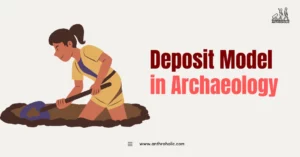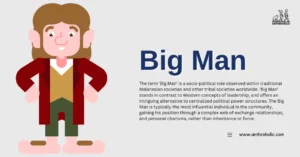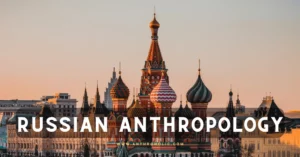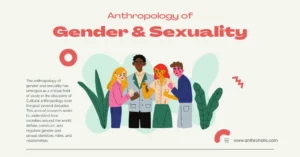AI Answer Evaluation Platform Live Now. Try Free Answer Evaluation Now
Cultural Evolution
Cultural evolution is a concept that attempts to explain the way societies develop over time, emphasizing how cultural practices, ideas, and technologies change and spread across generations. This understanding of cultural evolution provides a lens through which we can comprehend the broad outlines of prehistoric cultures.
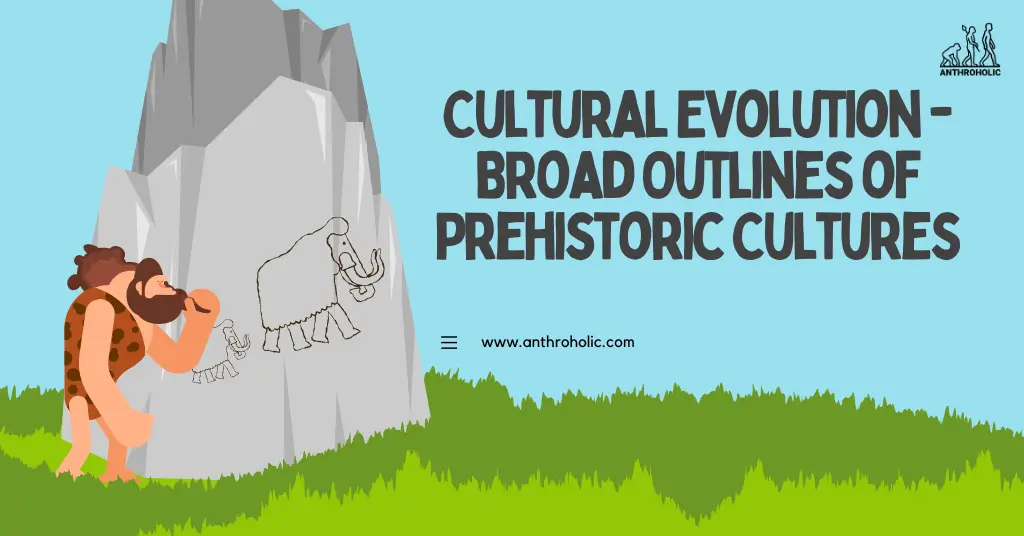
The Basis of Cultural Evolution
Before delving into prehistoric cultures, it’s crucial to understand the principles of cultural evolution.
Cultural Transmission
Cultural transmission is the process by which cultural information is spread from one individual or group to another. There are three basic modes:
- Vertical Transmission: From parent to offspring.
- Horizontal Transmission: Among peers.
- Oblique Transmission: From one generation to a non-descendant generation.
Cultural Variation
This represents the differences within and between populations in terms of cultural traits, like language, traditions, and technology.
Cultural Selection
This involves the process where certain cultural traits become more common in a population due to increased survival or reproductive advantages.
Overview of Prehistoric Cultures
The prehistoric era, roughly spanning from 2.5 million years ago to 3,200 BC, is divided into three main periods: Paleolithic, Mesolithic, and Neolithic.
The Paleolithic Era (2.5 million years ago – 10,000 BC)
Also known as the Old Stone Age, this period is characterized by:
- Use of rudimentary stone tools.
- Hunter-gatherer lifestyle.
- First signs of art and religion.
The Paleolithic era is further divided into three periods:
- Lower Paleolithic (2.5 million – 300,000 years ago): Early hominins like Homo habilis and Homo erectus started to create basic stone tools. Fire was harnessed for cooking and warmth.
- Middle Paleolithic (300,000 – 30,000 years ago): Dominated by Homo neanderthalensis and Homo sapiens, this period saw an improvement in tool-making techniques, creation of shelters, and ritualistic burials.
- Upper Paleolithic (50,000 – 10,000 years ago): Marked by the dominance of Homo sapiens, advanced toolmaking (e.g., blades, needles), and the emergence of cave art and portable art.
The Mesolithic Era (10,000 BC – 6,000 BC)
Also known as the Middle Stone Age, it featured:
- Transition from hunting-gathering to agriculture.
- Development of advanced tools and pottery.
- Domestication of animals.
The Neolithic Era (6,000 BC – 3,200 BC)
Also known as the New Stone Age, it witnessed:
- Further development of agriculture.
- Construction of large-scale monuments and megaliths.
- Creation of settled communities with complex social structures.
Cultural Evolution across Prehistoric Eras
The cultural transition from the Paleolithic to the Neolithic era signifies a profound shift in human society. This shift can be summarized in the following table:
| Paleolithic Era | Neolithic Era | |
|---|---|---|
| Food Source | Hunting & Gathering | Agriculture |
| Settlements | Nomadic | Permanent |
| Tool Making | Stone Tools | Advanced Tools & Pottery |
| Art & Symbolism | Cave Paintings & Portable Art | Megaliths & Monuments |
Cultural Progression and Implications
The process of cultural evolution has contributed significantly to societal developments. From basic stone tool crafting to the development of sophisticated farming techniques, cultural evolution reflects the cumulative learning, adaptation, and survival strategies of human beings.
The Influence of Environment on Cultural Evolution
The environment played a significant role in shaping prehistoric cultures. During the Paleolithic era, early humans adapted to their environments by learning to control fire, craft simple tools, and develop strategies for hunting and gathering. For instance, in colder climates, they invented clothing and built more insulated shelters.
As they progressed into the Mesolithic era, humans began to change their environments to suit their needs, domesticating plants and animals for food, clothing, and tools. This marked a shift from adapting to the environment to adapting the environment to their needs.
Rise of Complex Societies in the Neolithic Era
The Neolithic era saw the rise of complex societies, largely due to advancements in agriculture and the development of settled communities. This period also witnessed significant cultural evolution in terms of societal structures, religious beliefs, and technological advancements.
- Societal Structures: The shift to settled communities led to the emergence of social hierarchies, specialized roles, and complex social norms.
- Religious Beliefs: The construction of megaliths and monuments signifies the development of religious beliefs and practices.
- Technological Advancements: Improved tools, pottery, and construction techniques led to increased productivity and innovations.
The Legacy of Prehistoric Cultures
Despite the vast temporal distance, prehistoric cultures continue to shape modern societies. This legacy is evident in many areas:
- Art: Cave paintings and portable art from the Paleolithic era offer early examples of human creativity and expression.
- Agriculture: The domestication of plants and animals during the Mesolithic and Neolithic eras laid the groundwork for modern agriculture.
- Religion: The belief systems that started to take shape in the Paleolithic era are considered precursors to modern religious practices.
- Technology: The progression from simple stone tools to complex constructions serves as a testament to human ingenuity and technological development.
Conclusion
The process of cultural evolution in prehistoric times provides a fascinating glimpse into the development of human society. By understanding cultural evolution, we can appreciate the broad outlines of prehistoric cultures and their significant contribution to the cultural practices we observe today.
References
- Boyd, R., & Richerson, P. J. (1985). Culture and the Evolutionary Process. University of Chicago Press.
- Roebroeks, W., & Villa, P. (2011). On the earliest evidence for habitual use of fire in Europe. Proceedings of the National Academy of Sciences, 108(13), 5209-5214.
- Childe, V. G. (1951). Man makes himself. London: Watts.
- Kaplan, H., Hill, K., Lancaster, J., & Hurtado, A. M. (2000). A theory of human life history evolution: Diet, intelligence, and longevity. Evolutionary Anthropology: Issues, News, and Reviews: Issues, News, and Reviews, 9(4), 156-185.
- Flannery, K. V. (1972). The origins of the village as a settlement type in Mesoamerica and the Near East: A comparative study. In P. J. Ucko, R. Tringham, & G. W. Dimbleby (Eds.), Man, Settlement and Urbanism (pp. 23-53). Duckworth.
